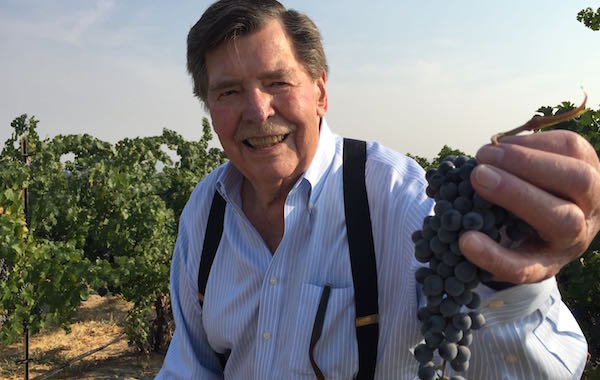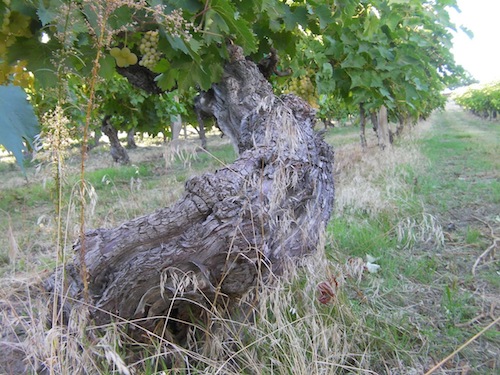
PROSSER, Wash. – For an industry that is fairly young, Washington wine country is home to some old vines – and they are spread across the state.
Next weekend, the Walter Clore Wine and Culinary Center will play host to a special evening called “History Through the Vines.”
As part of this evening, patrons will not only enjoy wines from some of the state’s oldest vines, but they also will be able to hear stories from the grape growers who tend them.
The master of ceremonies for the dinner will be Andy Perdue, editor and publisher of Great Northwest Wine and wine columnist for The Seattle Times. The event is inspired by a feature story Perdue wrote last fall for The Seattle Times about the state’s wine history and some of its oldest and most interesting vines.
The event includes a social with appetizers from Martilla’s Kitchen Co. and a multi-course dinner from Castle Event Catering. They will be paired with wines. Tickets are $65 per person.
Tickets for the dinner are available through the Clore Center, which is open daily from 11 a.m. to 5 p.m.
“As a destination for the wine industry to come together, the Clore Center is thrilled to be the venue for these fascinating stories,” said Abbey Cameron, director of the Clore Center. “We look forward to sharing wine, food, and history on this special evening.”
Diving into Washington’s wine history

Perdue’s story includes his quest to find some of the state’s oldest vines. He found one vine in Mason County northwest of Olympia that dates back to the 1870s – prior to statehood – that was planted by a former Confederate soldier who was a prisoner of war during the Civil War and came out West after the war ended.
Perdue also told the story of such Washington wine pioneers as:
- William Bridgman, the two-time mayor of Sunnyside who planted European wine grapes on Harrison Hill in 1914 and nearby Snipes Mountain in 1917. Some of his 1917 vines (Muscat of Alexandria and Thompson Seedless) are still going strong.
- Otis Harlan, whose family launched a winery near Yakima in the 1940s. He later bought a vineyard near Grandview, renamed it Otis Vineyard and planted Cabernet Sauvignon in 1957. Those vines are still producing wine today, and Otis still lives in Yakima.
- The Newhouse family, which bought Bridgman’s vineyards and continues to farm them today. Todd Newhouse, a third-generation grape grower, also owns and operates Upland Winery, which pays homage to Bridgman’s winery from the 1930s.
- Mike Sauer, who started Red Willow Vineyard in the 1970s and planted the state’s first Syrah in the 1980s. Sauer and his children still operate the vineyard in the western Yakima Valley.
- Albert Ravenholt, who met Bridgman in the 1940s and became enamored with his vision for a wine industry. In the late 1960s, Ravenholt was part of a group that planted Sagemoor Vineyards north of Pasco. It was the first large-scale commercial vineyard in Washington and propelled the industry forward.
Representatives from many of these vineyards will be at the History Through the Vines dinner and will share stories. Also joining the dinner will be Ron Irvine, owner and winemaker for Vashon Winery near Seattle. In 1997, Irvine published The Wine Project, which is the definitive history of the Washington wine industry.

Leave a Reply